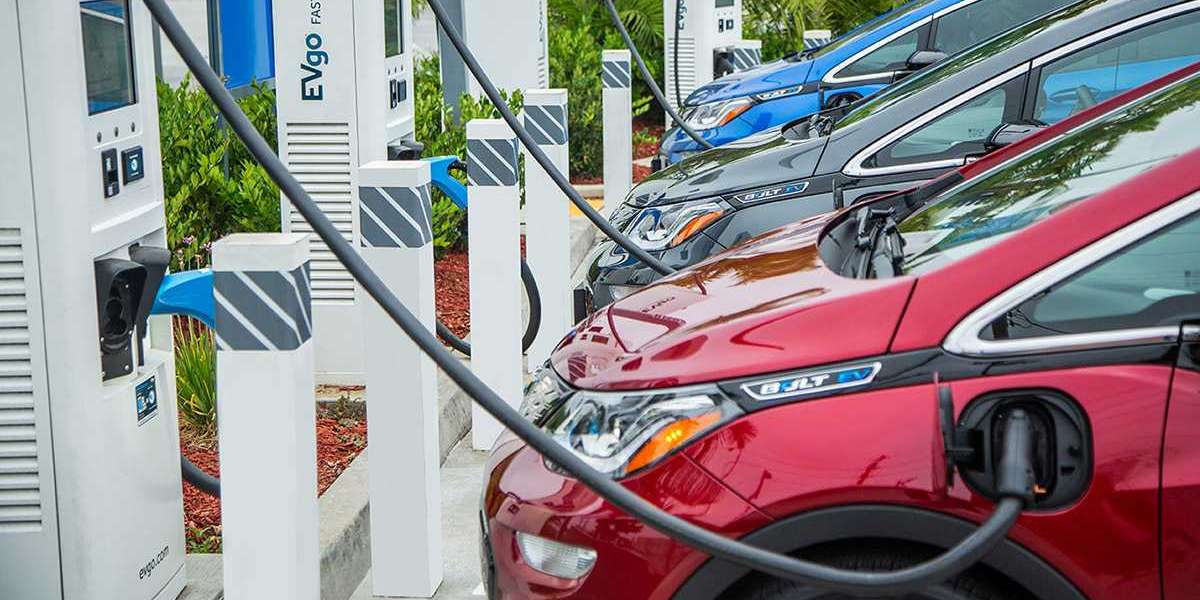Level 1 charging stations are typical on most electric and hybrid vehicles, allowing them to be recharged with regular household energy. However, if you drive frequently or if your car's electric range is longer, it may not be able to provide sufficient and speedy power. It's possible that putting in a 240-volt, 16- to 40-amp, Level 2 EV home charging station is the best solution. The most popular chargers are 16 amps (3.3 kW) and 30 amps (6.6 kW) (7.2 kW).
There is an increasing demand for charging stations that can deliver clean, reliable electricity to drivers of electric and hybrid vehicles.
Where can I find out more about a "smart charging station?"
If you've ever heard the term "Smart Charging," it refers to charging stations that have several capabilities that allow the owner to manage a large number of charging stations at a cheap cost and with minimal energy consumption. The term "Smart Charging" refers to all of the advanced capabilities of EV Box charging stations that help to improve the charging infrastructure by producing and distributing electricity more effectively and flexibly than ever before. Even in the event of a power outage, Smart Charging will ensure that you get the most out of your charging stations, wherever and whenever you need it.
What happened at a smart charging event, and how was it documented?
Electric vehicle charging station manufacturers in India requires a driver's identity at the charging station. As soon as the electric vehicle driver arrives at the charging station, he or she is linked to the charging event. The relevant cost will be charged to the appropriate consumer, and the corresponding charging station owner will get the necessary revenue. Because it's intelligent, everything happens without any effort on the part of the user.
Customers who have joined up for the service may simply log in to their mobile app and begin charging, or flash their RFID tag to the charger.
Chargers with smart features go through several stages.
The first step is to charge the entire amount
Typically, the charger's maximum voltage and amperage will be used in this initial step. A battery's natural absorption rate is the maximum amount of charge it can accept without overheating. In a typical 12 volt AGM battery, the charging voltage is 14.6-14.8 volts, however flooded batteries can reach much greater levels.
Stage 2: Charge absorption
Smart chargers will check the battery's voltage and resistance before starting to charge. After reading the battery, the charger determines which stage to charge at. After the battery reaches 80% charge, the charger will enter the absorption stage.
Stage 3: Charge the float
Around 85 percent charge some chargers begin to enter a 'float mode'; at 95 percent charge, others do not. In any case, the float stage completely recharges and maintains the battery's full capacity. For a 12-volt battery, the maximum voltage is 13.2-13.4 volts, which is the voltage that can be maintained. Eventually, even a trickle of current will be all that's left.








